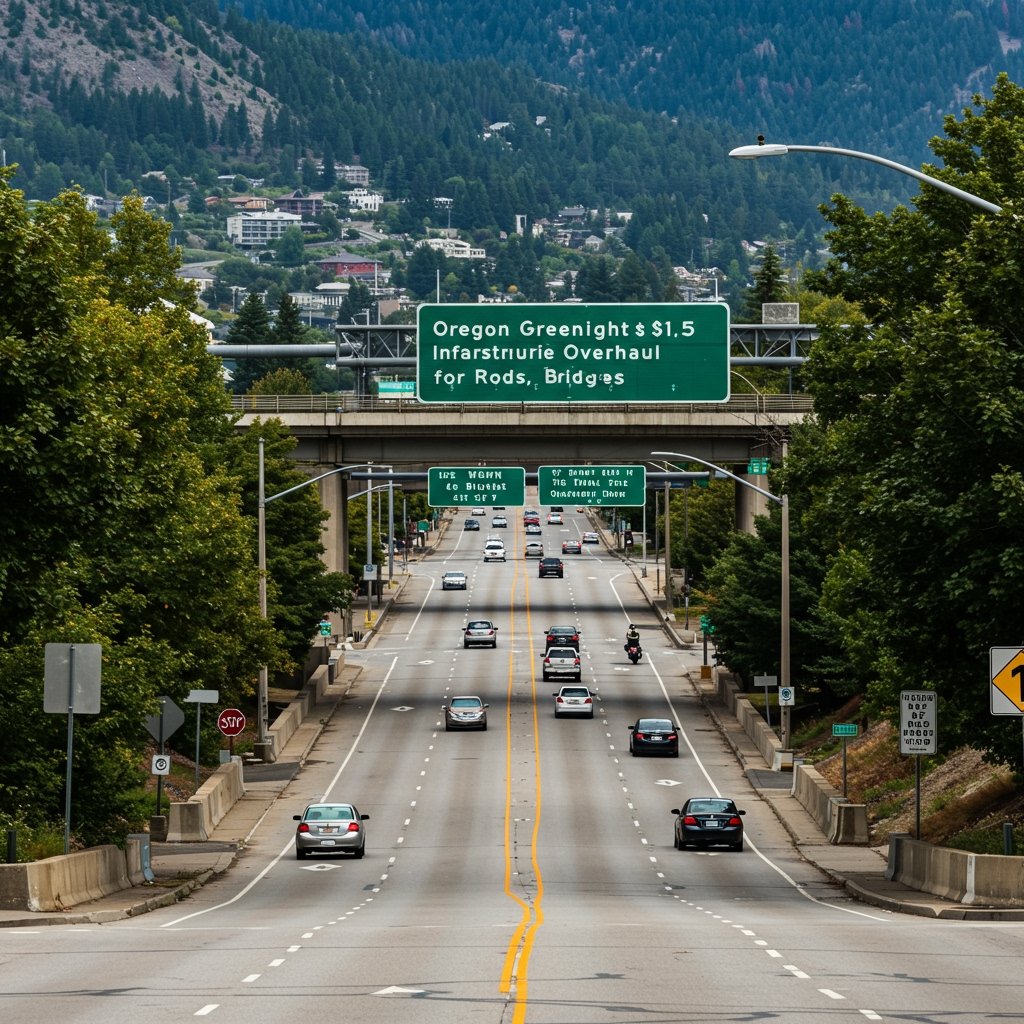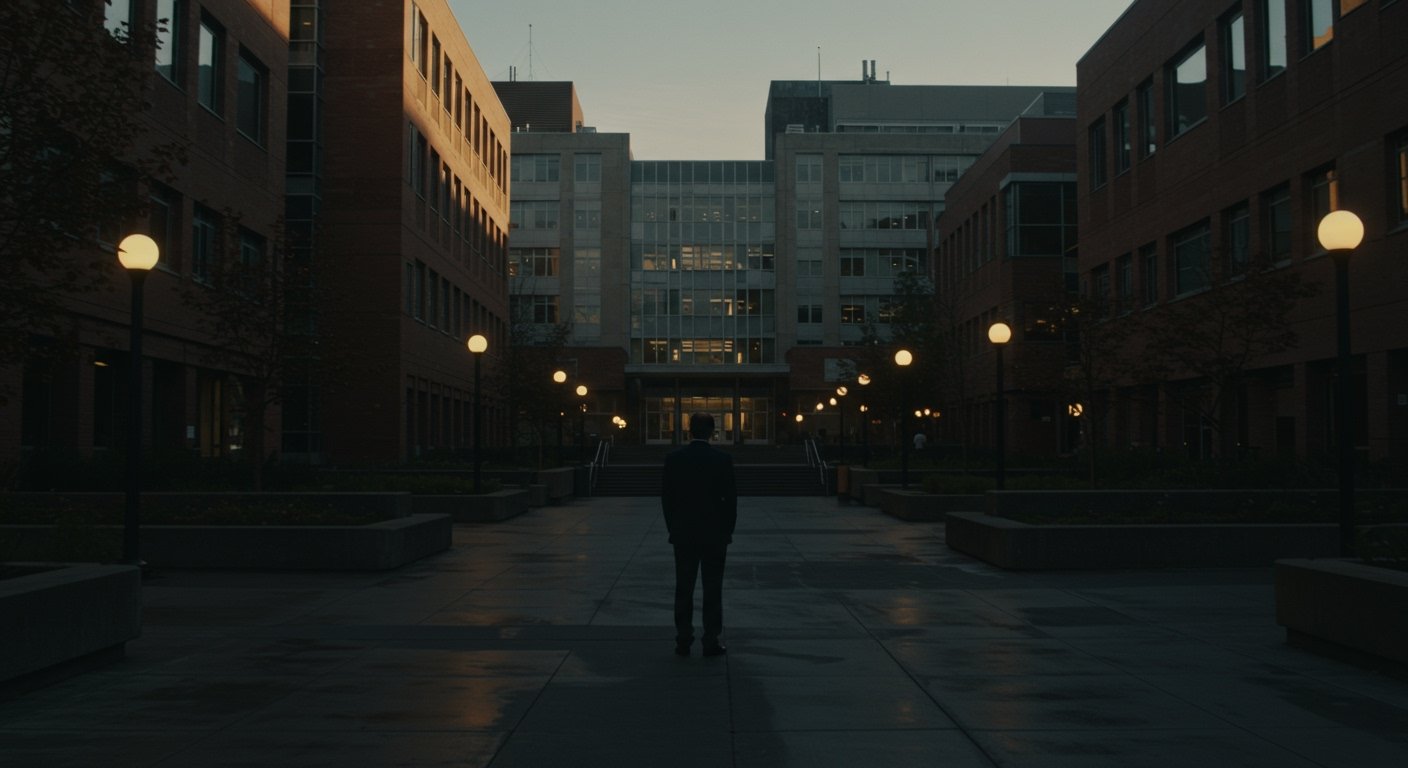A significant legislative package, colloquially known as the “Big Beautiful Bill,” is poised to cast a long shadow over Oregon, bringing forth a series of financial and programmatic shifts that are expected to ripple through the state’s infrastructure and vital social safety nets. While the bill’s broad scope is undeniable, a closer examination reveals specific, far-reaching repercussions for Oregonians, touching everything from daily commutes to fundamental access to food and healthcare. This comprehensive news analysis aims to detail the specific ways this bill is set to reshape the state’s landscape, drawing on an emerging editorial perspective from the region.
Oregon’s Infrastructure Hits a Roadblock
One of the most immediate and significant impacts of the “Big Beautiful Bill” will be felt in the realm of transportation infrastructure. The state’s largest traffic bottleneck, the Rose Quarter Improvement project in Portland, is facing a substantial financial hit. This critical project, essential for easing congestion and improving connectivity in the heart of the state’s largest city, is now projected to incur a staggering $412 million impact. This considerable sum is not merely an additional cost; it signifies impending delays and an overall increase in project expenses, potentially pushing back completion timelines and adding further strain to the state’s transportation budget. For Portland commuters and the broader economy that relies on efficient transit through the city, this represents a significant setback.
Looming Changes to Essential Social Programs
The bill also introduces substantial modifications to critical social welfare programs, directly affecting the well-being of thousands of families across Oregon. Among these, the Supplemental Nutrition Assistance Program (SNAP) is set to undergo a fundamental change. Unlike previous provisions, SNAP benefits under the new legislation will not increase with inflation. This means that as the cost of living continues to rise, the purchasing power of these benefits will steadily erode, creating a profound challenge for families relying on them to access adequate food. The inability of SNAP benefits to keep pace with economic realities is poised to deepen food insecurity for countless households.
Equally concerning are the proposed changes to Medicaid coverage. Up to 200,000 lawful non-citizen residents in Oregon, a demographic that includes vulnerable populations such as refugees, asylees, and victims of human trafficking, are set to lose their eligibility for federally funded Medicaid benefits. This seismic shift carries a dual burden: it threatens to disrupt critical healthcare access for these individuals, potentially forcing them to forego necessary medical care, and simultaneously increases the financial burden on the state of Oregon, which may face mounting costs as it attempts to fill gaps left by federal withdrawal.
Energy Assistance Cuts Impact Vulnerable Households
Furthermore, the “Big Beautiful Bill” includes provisions that will reduce energy assistance for a specific cohort of families within the state. Approximately 17,000 households in Oregon are expected to see a reduction in their energy assistance benefits. These are specifically families that do not have a member over 60 years old or with a disability, indicating a shift in eligibility criteria that disproportionately affects working-age families without specific vulnerabilities. The average reduction for these households is projected to be $58 per month, a sum that, while seemingly modest, can represent a significant portion of a low-income family’s discretionary budget, potentially forcing difficult choices between heating, cooling, and other essential expenditures.
In conclusion, the “Big Beautiful Bill” presents a complex web of challenges for Oregon. From the burgeoning costs and delays plaguing a pivotal transportation project in Portland to the subtle yet impactful erosion of food assistance for families, and the dramatic redefinition of healthcare eligibility for vulnerable populations, the cumulative effect of these changes demands close scrutiny. This ongoing editorial discussion highlights a future where the state grapples with increased financial burdens and a potential widening of social disparities, necessitating strategic responses from state leadership to mitigate the bill’s wide-ranging repercussions for its citizens.



